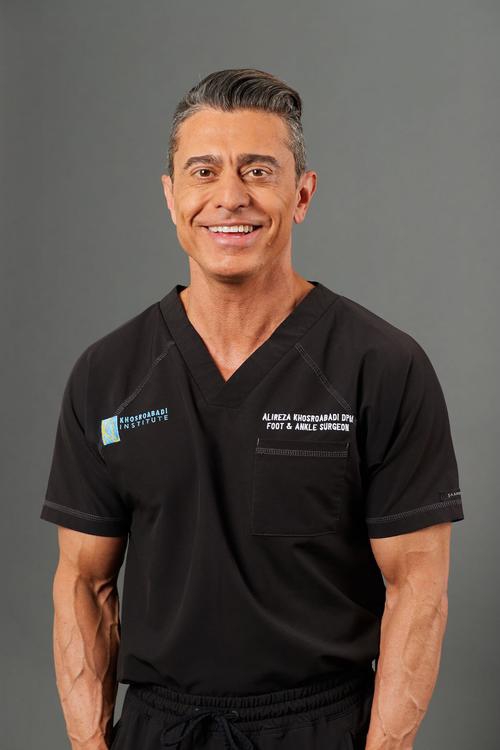Diagnosis of Clubfoot
An ultrasound done while a baby is in the womb can sometimes detect clubfoot. However, it is more common for your doctor to diagnose the condition after the infant is born based on the appearance of the feet and legs.
X-rays may not be able to confirm the diagnosis. Some of a baby's foot and ankle bones are not fully formed and do not show up well on the X-ray.
Treatment of Clubfoot
Treatment for clubfoot should start soon after birth. Dr. Alireza Khosroabadi uses the renowned Ponseti Method to painlessly and effectively correct clubfoot in babies and children.
The Ponseti Method involves a series of gentle manipulations and casting to correct the foot deformity gradually.
- Initial evaluation. A trained healthcare professional assesses the severity of the clubfoot deformity and determines if the Ponseti Method is appropriate.
- Manipulation and casting. The foot is gently manipulated to move it towards the correct position gradually. The foot is then placed in a plaster cast to hold it in the correct position. The cast is changed every week. Each time, the foot is manipulated a little further toward the correct alignment.
- Tenotomy. In some cases, after several weeks of casting, the tight Achilles tendon at the back of the ankle is released through a minor procedure called a tenotomy. This is done under local anesthesia and involves a small incision followed by the division of the tendon.
- Maintenance phase. After the casting phase and the tenotomy (if needed), the child is fitted with special shoes or braces, known as "Ponseti boots and bar," which hold the foot in the correct position.
- Follow-up and maintenance. Regular follow-up appointments monitor the progress of the treatment and make adjustments as needed. The child will continue to wear the boots and bar for around four years to prevent the clubfoot from recurring.
Get Help From a Renowned Ponseti Method Specialist
Babies born with clubfoot need to start treatment right away to ensure the best outcome. As soon as you know your baby has this condition, contact the Khosroabadi Institute to learn about the Ponseti Method and how Dr. K can help you. We see patients in Woodland Hills, California; virtual consultations are also available.

 Discovering that your child has been born with clubfoot can leave you filled with concern for your little one's future. In such moments, it's essential to remember that clubfoot is a condition that can be effectively treated—and early intervention is the key to success.
Discovering that your child has been born with clubfoot can leave you filled with concern for your little one's future. In such moments, it's essential to remember that clubfoot is a condition that can be effectively treated—and early intervention is the key to success.